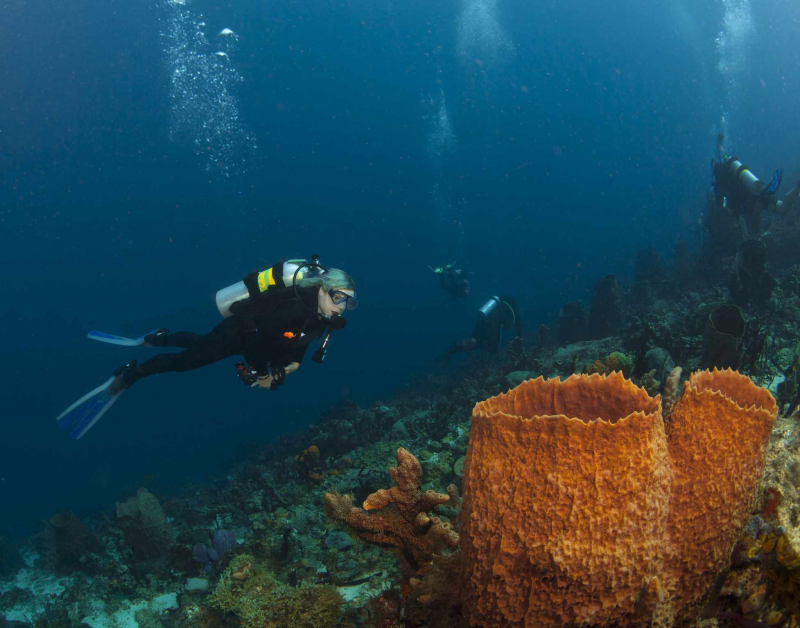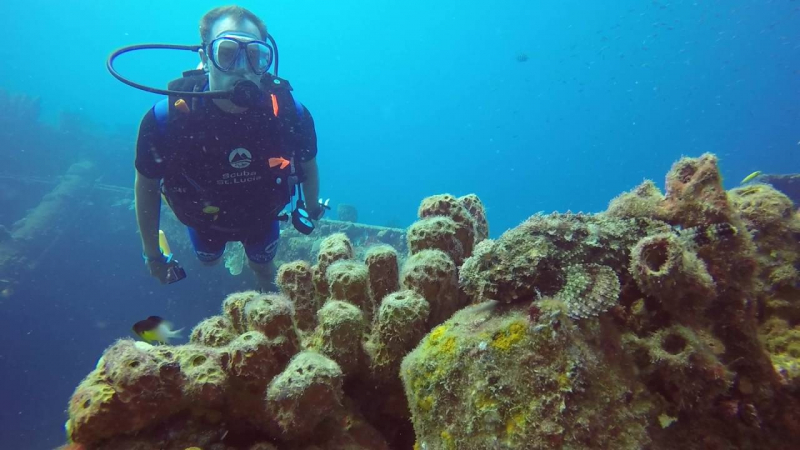Piton Wall
The region has long been a natural habitat for a lengthy stretch of coral reefs, which make up around 60% of its maritime area. It also supports around 160 species of finfish, as well as numerous mollusks, sponges, echinoderms, annelid worms, cnidarians, and arthropods. Many bird species, indigenous rodents, bats, reptiles, and amphibians can also be seen. The region is rich in biodiversity and receives a lot of rain. It features woods with unique species of trees, shrubs, and herbs, making it even more remarkable for those interested in botany.
Being a United Nations Educational, Scientific, and Cultural Organization (UNESCO) Natural World Heritage Site, The Piton attracts substantial numbers of tourists every year from all around the world. These visitors come to take in and immerse themselves in the natural splendor of the area. Hiking, snorkeling, fishing, boat rides, and other activities are popular among visitors to the region. Many people choose to simply stare at and absorb the natural beauty of the volcanic cones while eating local food. There are lots of resorts and restaurants to cater to tourists.
- Dive Level: Advanced.
- Location: Petit Piton, St. Lucia.












